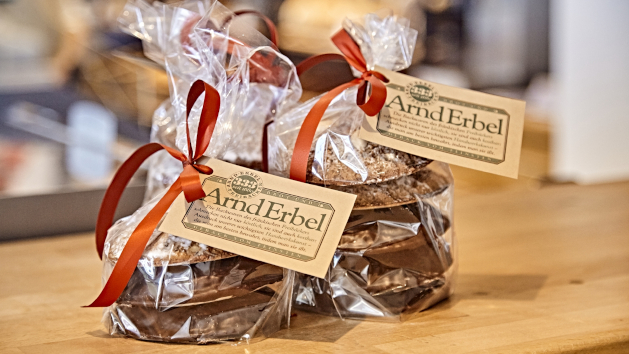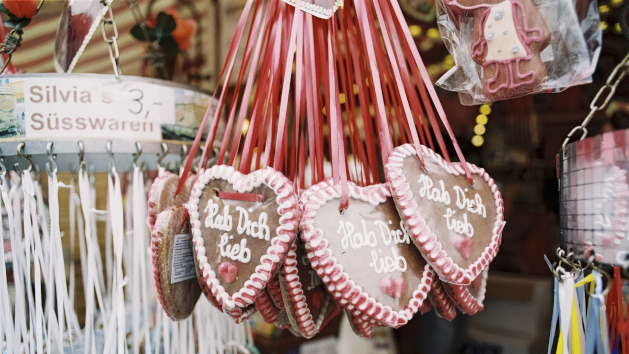Lebkuchen - the Bavarian gingerbread
At the end of the 14th century, Franconian nuns and monks integrated the sweet confectionary invented in the Belgian region of Dinant into their diet and produced it as nutritious provisions for pilgrimages. Thus the spicy sweet delicacy became popular. It did not take long before bakers outside Nuremberg’s monastery walls specialized in the production of the wafers.
The trade of gingerbread baker developed and soon the bakers received the honor of being awarded their own guild. In 1643 the Nuremberg City Council officially recognized the craft. Since 1996, the Nürnberger Lebkuchen has been bearing the seal of the EU for protected geographical indication. To the present day, gingerbread conjures up the image of Nuremberg both inside Germany and abroad.
Nuremberg‘s long tradition and worldwide fame as the center of gingerbread production is down to its historical advantageous site conditions – the old city’s favorable location on the way of medieval trade routes supported by the flourishing honey making craft in the surrounding forests resulted in the fact that Frankish bakers had the raw materials and sales markets right on their doorstep.
Six centuries after its invention, Lebkuchen aka gingerbread is still an integral part of the Bavarian (and German) Christmas season. During the cold winter days production of sweet delicacies by Franconian








